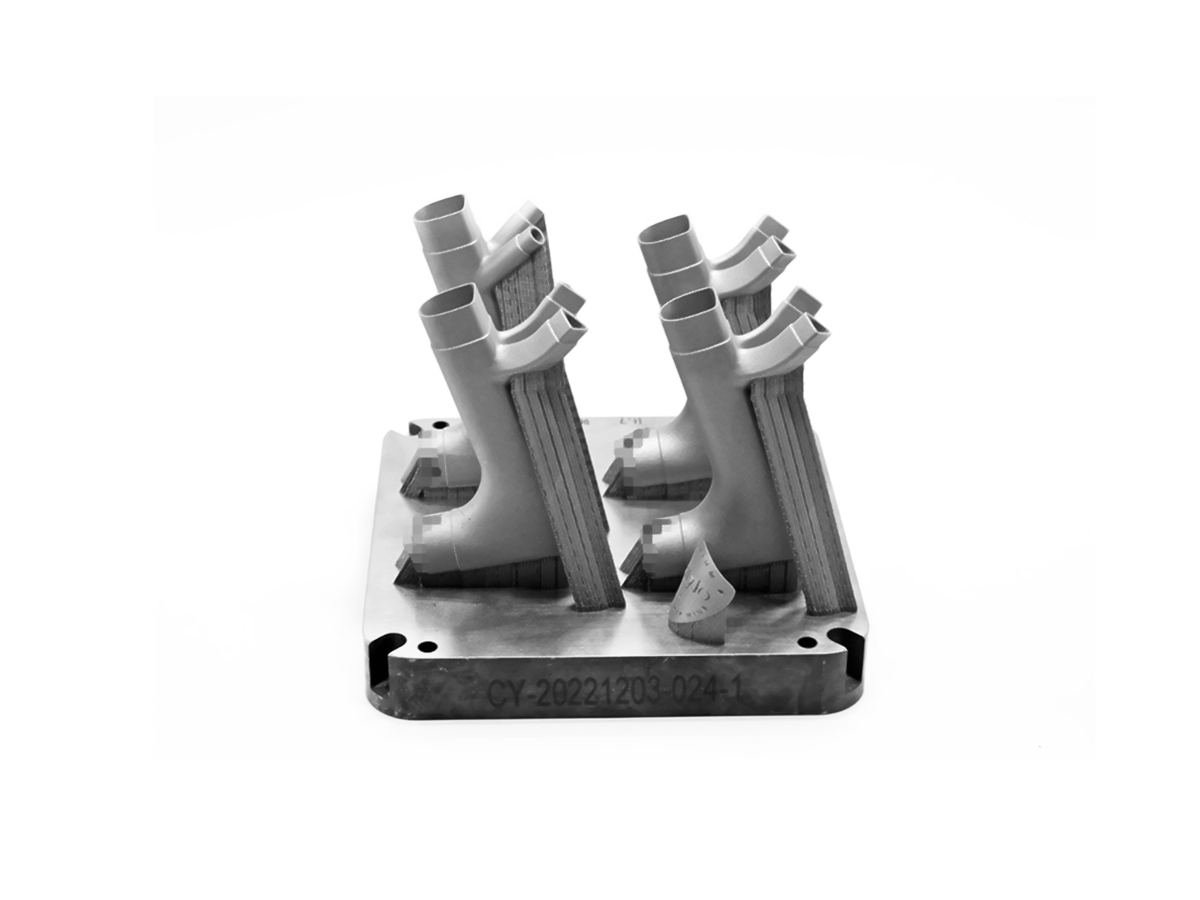On-Demand Titanium 3D Printing: Tailored Solutions for Light Weight Support Bracket
Introduction
On-demand titanium 3D printing offers tailored solutions for manufacturing lightweight, high-strength support brackets for various industries. By utilizing advanced 3D printing technologies such as Selective Laser Melting (SLM) and Direct Metal Laser Sintering (DMLS), we produce titanium brackets with optimal strength-to-weight ratios, reducing material waste and lead times significantly.
Our service allows customers to order custom-designed titanium brackets for demanding applications in aerospace, automotive, and industrial sectors, with the benefit of rapid prototyping and production.
Applicable Material Matrix
Material | Density (g/cm³) | Tensile Strength (MPa) | Yield Strength (MPa) | Elongation (%) | Wear Resistance |
|---|---|---|---|---|---|
4.43 | 950 | 880 | 14% | Excellent | |
4.43 | 900 | 830 | 10% | Very Good | |
4.65 | 1100 | 1030 | 12% | Excellent | |
4.46 | 860 | 795 | 18% | Good | |
4.65 | 980 | 930 | 12% | Very Good | |
4.51 | 344 | 275 | 20% | Moderate |
Material Selection Guide
Ti-6Al-4V (Grade 5): Ideal for lightweight structural support brackets in aerospace and automotive industries, offering a perfect balance of strength, fatigue resistance, and corrosion resistance.
Ti-6Al-4V ELI (Grade 23): Perfect for high-performance, high-fatigue load applications where additional purity and lower oxygen content are critical.
Ti-6Al-2Sn-4Zr-6Mo: Suitable for support brackets exposed to high temperatures, offering excellent strength, creep resistance, and longevity.
Ti-5Al-2.5Sn (Grade 6): Best for applications where a combination of strength and ductility is required, such as lightweight support brackets in industrial machinery.
Ti-6Al-2Sn-4Zr-2Mo: Ideal for aerospace and high-temperature industrial brackets, where durability and resistance to thermal stresses are critical.
CP-Ti Grade 2: Best used for non-critical, corrosion-resistant brackets in marine or chemical environments.
Process Performance Matrix
Attribute | Titanium 3D Printing Performance |
|---|---|
Dimensional Accuracy | ±0.05 mm |
Density | >99.8% |
Layer Thickness | 20–60 μm |
Surface Roughness | Ra 5–15 μm |
Minimum Feature Size | 0.3–0.5 mm |
Process Selection Guide
High-Strength, Lightweight Components: Our on-demand titanium 3D printing services allow the production of high-strength support brackets that are up to 50% lighter than traditional materials, without sacrificing structural integrity.
Rapid Prototyping and Custom Production: With titanium 3D printing, we can produce custom support brackets quickly, reducing time-to-market and ensuring precise design specifications.
Material Optimization: Titanium alloys are carefully selected to meet the specific performance requirements of each application, whether that be in aerospace, automotive, or industrial sectors.
Complex Geometries: Complex shapes and optimized topologies can be realized, enabling support brackets that are both lightweight and capable of withstanding high mechanical loads.
Case In-Depth Analysis: Titanium Support Bracket for Aerospace Engine Mount
A leading aerospace manufacturer required a lightweight, high-strength titanium support bracket for engine mount applications. By utilizing Titanium 6Al-4V (Grade 5), we designed a complex, optimized structure that reduced the weight by 30% compared to traditional forged aluminum. The component was manufactured using Selective Laser Melting (SLM) and underwent post-processing to achieve a high-quality surface finish. The result was a durable, efficient bracket with improved strength-to-weight ratio and reduced fuel consumption.
Industry Applications
Aerospace and Aviation
Support brackets for engine mounting systems.
Lightweight brackets for fuselage and wing structures.
Custom titanium components for aircraft landing gear systems.
Automotive
Suspension support brackets designed for high-performance vehicles.
Lightweight brackets for engine compartment and exhaust systems.
Brackets for safety components, such as seat frames and seatbelt anchorage.
Industrial Machinery
Support brackets for robotics and automation systems.
Custom fixtures and supports for manufacturing processes.
Brackets for heavy-duty machinery requiring high strength and fatigue resistance.
Mainstream 3D Printing Technology Types for Titanium Bracket Manufacturing
Selective Laser Melting (SLM): Best for producing dense, high-precision components like support brackets with complex geometries.
Direct Metal Laser Sintering (DMLS): Ideal for intricate titanium designs with tight tolerances and excellent surface finish.
Electron Beam Melting (EBM): Perfect for manufacturing large titanium support structures with enhanced mechanical properties.
Laser Metal Deposition (LMD): Suitable for enhancing and repairing worn titanium parts.
Binder Jetting: Useful for fast prototyping and low-volume production of titanium parts with less intricate geometries.
FAQs
What are the benefits of using titanium for support brackets in automotive applications?
How does 3D printing improve the performance and durability of aerospace support brackets?
What are the key differences between titanium alloys used in 3D printing for industrial applications?
How does titanium 3D printing reduce the lead time for manufacturing custom brackets?
Can titanium 3D printed support brackets be used in high-temperature environments?

